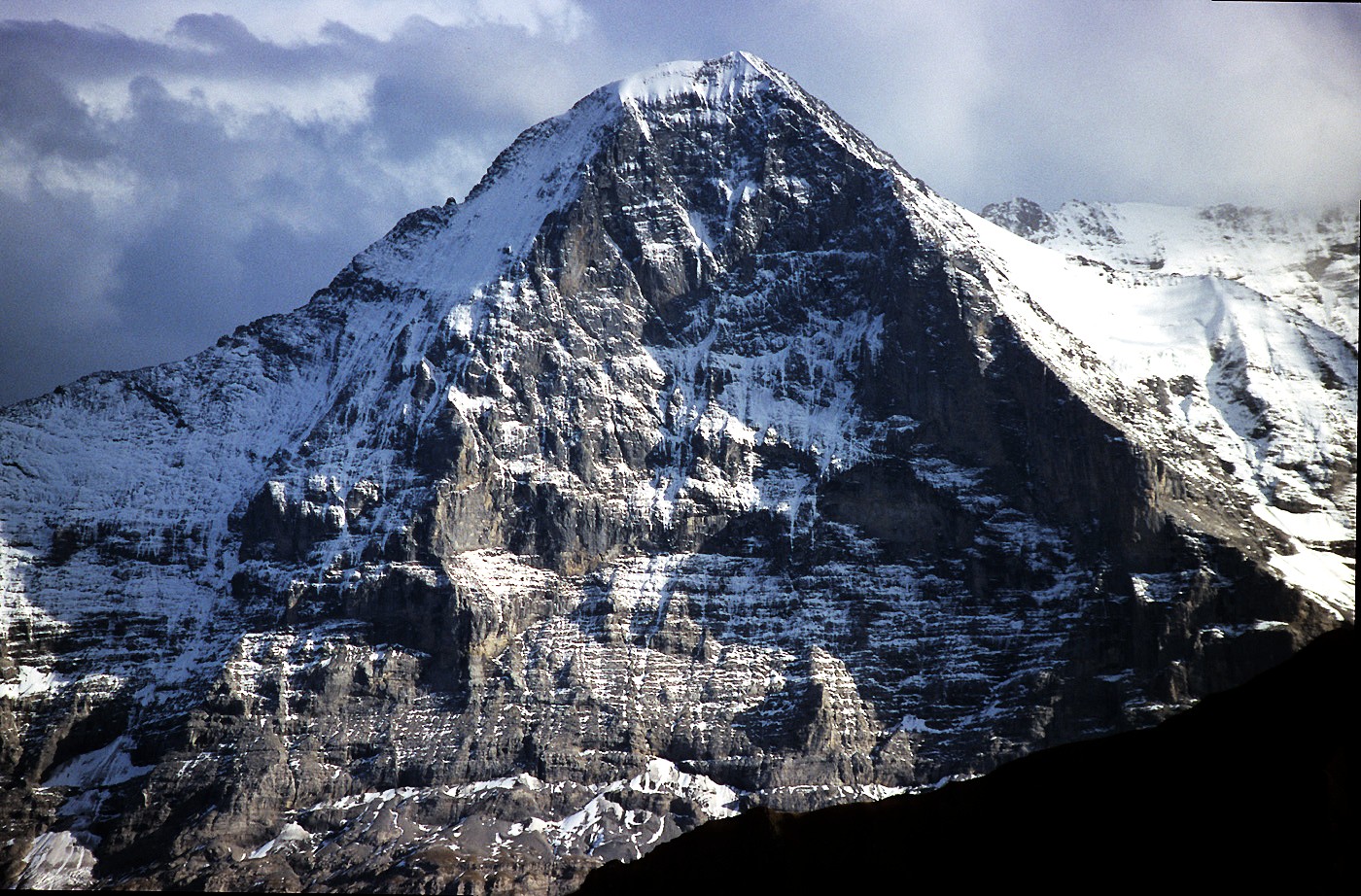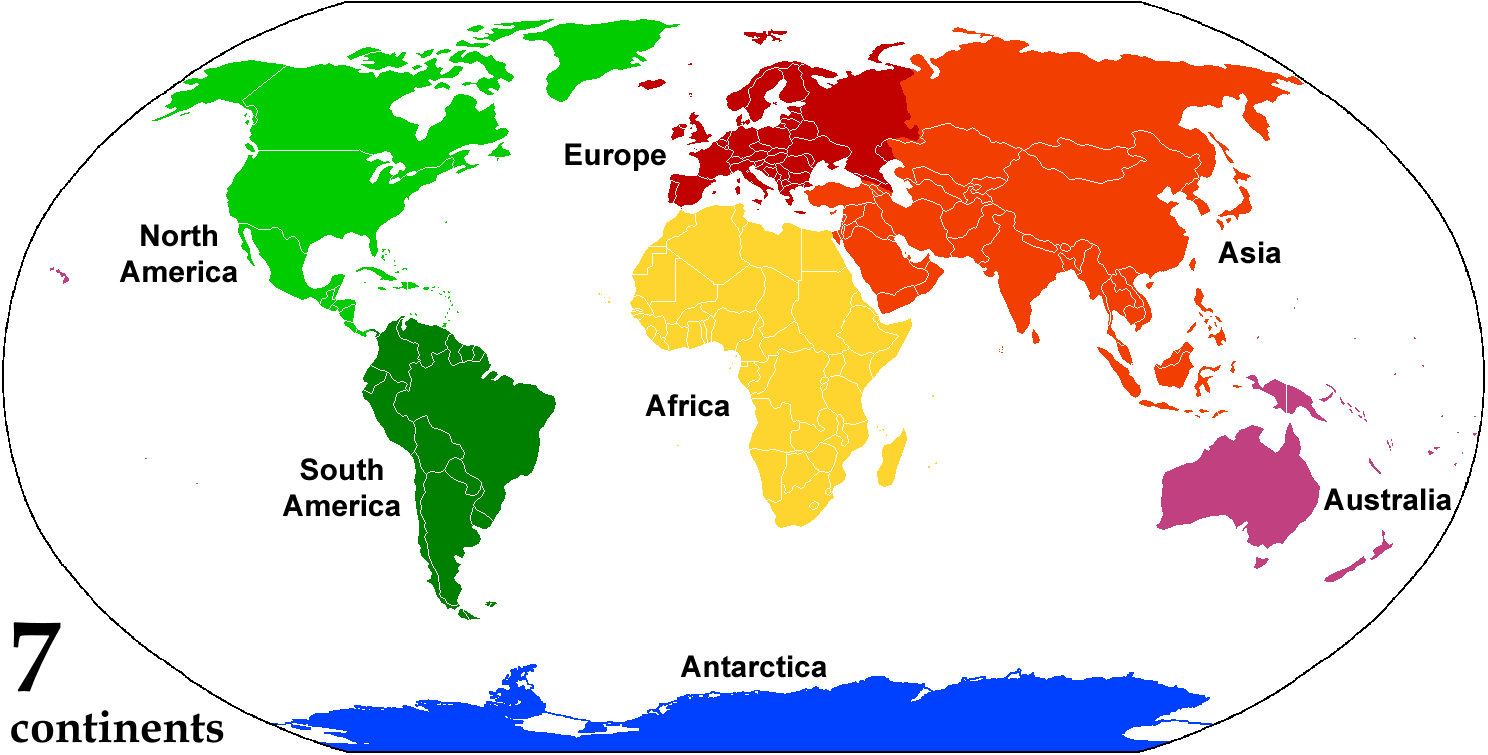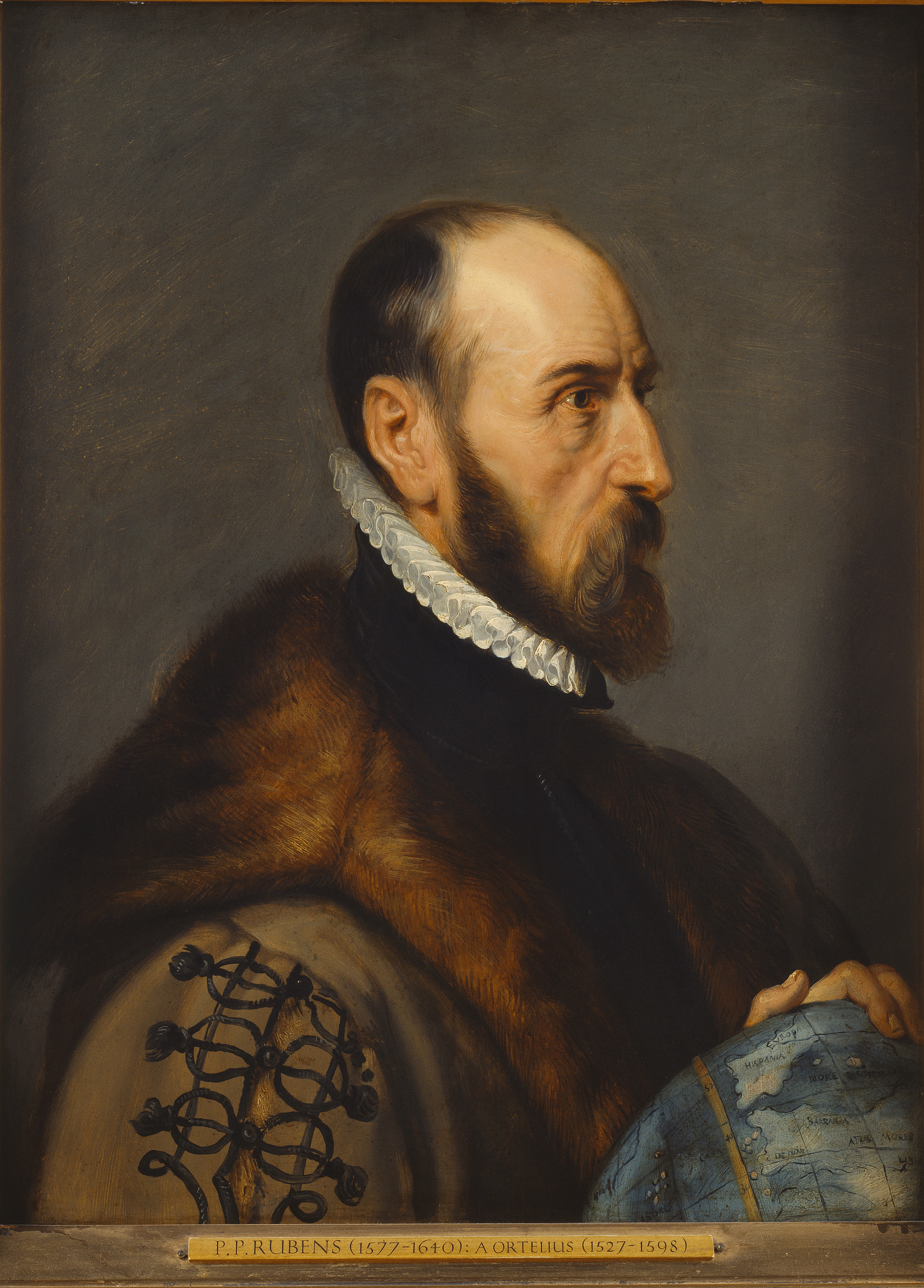|
Alfred Wegener
Alfred Lothar Wegener (; ; 1 November 1880 – November 1930) was a German climatologist, geologist, geophysicist, meteorologist, and polar researcher. During his lifetime he was primarily known for his achievements in meteorology and as a pioneer of polar research, but today he is most remembered as the originator of continental drift hypothesis by suggesting in 1912 that the continents are slowly drifting around the Earth (German: '). His hypothesis was not accepted by mainstream geology until the 1950s, when numerous discoveries such as palaeomagnetism provided strong support for continental drift, and thereby a substantial basis for today's model of plate tectonics. Wegener was involved in several expeditions to Greenland to study polar air circulation before the existence of the jet stream was accepted. Expedition participants made many meteorological observations and were the first to overwinter on the inland Greenland ice sheet and the first to bore ice cores o ... [...More Info...] [...Related Items...] OR: [Wikipedia] [Google] [Baidu] |
Berlin
Berlin ( ; ) is the Capital of Germany, capital and largest city of Germany, by both area and List of cities in Germany by population, population. With 3.7 million inhabitants, it has the List of cities in the European Union by population within city limits, highest population within its city limits of any city in the European Union. The city is also one of the states of Germany, being the List of German states by area, third smallest state in the country by area. Berlin is surrounded by the state of Brandenburg, and Brandenburg's capital Potsdam is nearby. The urban area of Berlin has a population of over 4.6 million and is therefore the most populous urban area in Germany. The Berlin/Brandenburg Metropolitan Region, Berlin-Brandenburg capital region has around 6.2 million inhabitants and is Germany's second-largest metropolitan region after the Rhine-Ruhr region, as well as the List of EU metropolitan areas by GDP, fifth-biggest metropolitan region by GDP in the European Union. ... [...More Info...] [...Related Items...] OR: [Wikipedia] [Google] [Baidu] |
Heinrich Harrer
Heinrich Harrer (; 6 July 1912 – 7 January 2006) was an Austrian mountaineer, explorer, writer, sportsman, geographer, and briefly SS sergeant. He was a member of the four-man climbing team that made the first ascent of the North Face of the Eiger, the "last problem" of the Alps, in July 1938. Harrer and the team flew the Nazi flag atop the mountain. Harrer had joined the Nazi Party shortly after the annexation of Austria in March 1938, and was personally received by Hitler after the climb. A year later in 1939, he and the climbing team went on an expedition to the Indian Himalayas, where they were arrested by British colonial authorities due to the outbreak of World War II. He eventually escaped to Tibet, staying there until 1951 and never seeing active combat from that point onwards. He wrote the books '' Seven Years in Tibet'' (1952) and '' The White Spider'' (1959). Early life Heinrich Harrer was born 6 July 1912 in Hüttenberg, Austria, in the district of Sankt Veit a ... [...More Info...] [...Related Items...] OR: [Wikipedia] [Google] [Baidu] |
Jet Stream
Jet streams are fast flowing, narrow thermal wind, air currents in the Earth's Atmosphere of Earth, atmosphere. The main jet streams are located near the altitude of the tropopause and are westerly winds, flowing west to east around the globe. The northern hemisphere and the southern hemisphere each have a polar jet around their respective polar vortex at around above sea level and typically travelling at around although often considerably faster. Closer to the equator and somewhat higher and somewhat weaker is a subtropical jet. The northern polar jet flows over the middle to northern latitudes of North America, Europe, and Asia and their intervening oceans, while the southern hemisphere polar jet mostly circles Antarctica. Jet streams may start, stop, split into two or more parts, combine into one stream, or flow in various directions including opposite to the direction of the remainder of the jet. The El Niño–Southern Oscillation affects the location of the jet s ... [...More Info...] [...Related Items...] OR: [Wikipedia] [Google] [Baidu] |
Geographical Pole
A geographical pole or geographic pole is either of the two points on Earth where its axis of rotation intersects its surface. The North Pole lies in the Arctic Ocean while the South Pole is in Antarctica. North and South poles are also defined for other planets or satellites in the Solar System, with a North pole being on the same side of the invariable plane as Earth's North pole. Relative to Earth's surface, the geographic poles move by a few metres over periods of a few years. This is a combination of Chandler wobble, a free oscillation with a period of about 433 days; an annual motion responding to seasonal movements of air and water masses; and an irregular drift towards the 80th west meridian (geography), meridian. As cartography requires exact and unchanging coordinates, the averaged locations of geographical poles are taken as fixed ''cartographic poles'' and become the points where the body's great circles of longitude intersect. See also * Earth's rotation * Polar mo ... [...More Info...] [...Related Items...] OR: [Wikipedia] [Google] [Baidu] |
Plate Tectonics
Plate tectonics (, ) is the scientific theory that the Earth's lithosphere comprises a number of large tectonic plates, which have been slowly moving since 3–4 billion years ago. The model builds on the concept of , an idea developed during the first decades of the 20th century. Plate tectonics came to be accepted by Earth science, geoscientists after seafloor spreading was validated in the mid-to-late 1960s. The processes that result in plates and shape Earth's crust are called ''tectonics''. Tectonic plates also occur in other planets and moons. Earth's lithosphere, the rigid outer shell of the planet including the crust (geology), crust and upper mantle, is fractured into seven or eight major plates (depending on how they are defined) and many minor plates or "platelets". Where the plates meet, their relative motion determines the type of plate boundary (or fault (geology), fault): , , or . The relative movement of the plates typically ranges from zero to 10 cm annu ... [...More Info...] [...Related Items...] OR: [Wikipedia] [Google] [Baidu] |
Palaeomagnetism
Paleomagnetism (occasionally palaeomagnetism) is the study of prehistoric Earth's magnetic fields recorded in rocks, sediment, or archeological materials. Geophysicists who specialize in paleomagnetism are called ''paleomagnetists.'' Certain magnetic minerals in rocks can record the direction and intensity of Earth's magnetic field at the time they formed. This record provides information on the past behavior of the geomagnetic field and the past location of tectonic plates. The record of geomagnetic reversals preserved in volcanic and sedimentary rock sequences ( magnetostratigraphy) provides a time-scale that is used as a geochronologic tool. Evidence from paleomagnetism led to the revival of the continental drift hypothesis and its transformation into the modern theory of plate tectonics. Apparent polar wander paths provided the first clear geophysical evidence for continental drift, while marine magnetic anomalies did the same for seafloor spreading. Paleomagnetic dat ... [...More Info...] [...Related Items...] OR: [Wikipedia] [Google] [Baidu] |
Continent
A continent is any of several large geographical regions. Continents are generally identified by convention (norm), convention rather than any strict criteria. A continent could be a single large landmass, a part of a very large landmass, as in the case of Asia or Europe within Eurasia, or a landmass and nearby islands within its continental shelf. Due to these varying definitions, the number of continents varies; up to seven or as few as four geographical regions are commonly regarded as continents. Most English-speaking world, English-speaking countries recognize seven regions as continents. In order from largest to smallest in area, these seven regions are Asia, Africa, North America, South America, Antarctica, Europe, and Australia (continent), Australia (sometimes called Oceania or Australasia). Different variations with fewer continents merge some of these regions; examples of this are merging Asia and Europe into Eurasia, "Most people recognize seven continents—Asia, ... [...More Info...] [...Related Items...] OR: [Wikipedia] [Google] [Baidu] |
Continental Drift
Continental drift is a highly supported scientific theory, originating in the early 20th century, that Earth's continents move or drift relative to each other over geologic time. The theory of continental drift has since been validated and incorporated into the science of plate tectonics, which studies the movement of the continents as they ride on plates of the Earth's lithosphere. The speculation that continents might have "drifted" was first put forward by Abraham Ortelius in 1596. A pioneer of the modern view of mobilism was the Austrian geologist Otto Ampferer. The concept was independently and more fully developed by Alfred Wegener in his 1915 publication, "The Origin of Continents and Oceans". However, at that time his hypothesis was rejected by many for lack of any motive mechanism. In 1931, the English geologist Arthur Holmes proposed mantle convection for that mechanism. History Early history Abraham Ortelius , Theodor Christoph Lilienthal (1756), Alexan ... [...More Info...] [...Related Items...] OR: [Wikipedia] [Google] [Baidu] |
Polar Regions Of Earth
The polar regions, also called the frigid zones or polar zones, of Earth are Earth's polar ice caps, the regions of the planet that surround its geographical poles (the North and South Poles), lying within the polar circles. These high latitudes are dominated by floating sea ice covering much of the Arctic Ocean in the north, and by the Antarctic ice sheet on the continent of Antarctica and the Southern Ocean in the south. Definitions The Arctic has various definitions, including the region north of the Arctic Circle (currently Epoch 2010 at 66°33'44" N), or just the region north of 60° north latitude, or the region from the North Pole south to the timberline. The Antarctic is usually defined simply as south of 60° south latitude, or the continent of Antarctica. The 1959 Antarctic Treaty uses the former definition. The two polar regions are distinguished from the other two climatic and biometric belts of Earth, a tropics belt near the equator, and two middle latitude ... [...More Info...] [...Related Items...] OR: [Wikipedia] [Google] [Baidu] |
Meteorologist
A meteorologist is a scientist who studies and works in the field of meteorology aiming to understand or predict Earth's atmosphere of Earth, atmospheric phenomena including the weather. Those who study meteorological phenomena are meteorologists in research, while those using mathematical models and knowledge to prepare daily weather forecasts are called ''weather forecasters'' or ''operational meteorologists''. Meteorologists work in Government agency, government agencies, private consulting and research services, industrial enterprises, utilities, radio and television stations, and in education. They are not to be confused with weather presenters, who present the weather forecast in the media and range in training from journalists having just minimal training in meteorology to full-fledged meteorologists. Description Meteorologists study the Earth's atmosphere and its interactions with the Earth's surface, the oceans and the biosphere. Their knowledge of applied mathematics and ... [...More Info...] [...Related Items...] OR: [Wikipedia] [Google] [Baidu] |
Geophysicist
Geophysics () is a subject of natural science concerned with the physical processes and properties of Earth and its surrounding space environment, and the use of quantitative methods for their analysis. Geophysicists conduct investigations across a wide range of scientific disciplines. The term ''geophysics'' classically refers to solid earth applications: Earth's shape; its gravitational, magnetic fields, and electromagnetic fields; its internal structure and composition; its dynamics and their surface expression in plate tectonics, the generation of magmas, volcanism and rock formation. However, modern geophysics organizations and pure scientists use a broader definition that includes the water cycle including snow and ice; fluid dynamics of the oceans and the atmosphere; electricity and magnetism in the ionosphere and magnetosphere and solar-terrestrial physics; and analogous problems associated with the Moon and other planets.Gutenberg, B., 1929, Lehrbuch der Geophysik ... [...More Info...] [...Related Items...] OR: [Wikipedia] [Google] [Baidu] |
Geologist
A geologist is a scientist who studies the structure, composition, and History of Earth, history of Earth. Geologists incorporate techniques from physics, chemistry, biology, mathematics, and geography to perform research in the Field research, field and the laboratory. Geologists work in the Energy industry, energy and mining sectors to exploit Natural resource, natural resources. They monitor environmental hazards such as earthquakes, volcanoes, tsunamis and landslides. Geologists are also important contributors to climate change discussions. History James Hutton is often viewed as the first modern geologist. In 1785 he presented a paper entitled ''Theory of the Earth'' to the Royal Society of Edinburgh. In his paper, he explained his theory that the Earth must be much older than had previously been supposed to allow enough time for mountains to be eroded and for sediments to form new rocks at the bottom of the sea, which in turn were raised up to become dry land. Hutton pub ... [...More Info...] [...Related Items...] OR: [Wikipedia] [Google] [Baidu] |










